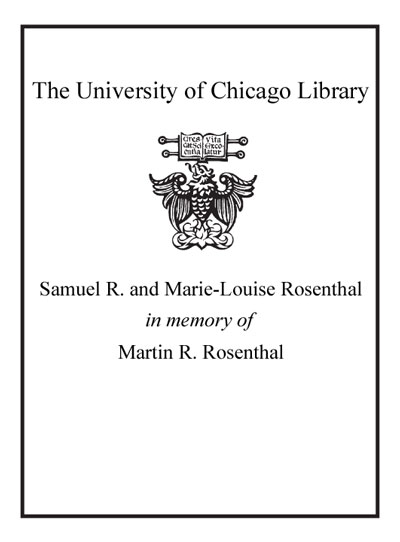Review by Choice Review
In his "search for the beautiful woman," Cho (comparative culture and literature, Meiji Univ., Japan) demonstrates an extensive knowledge of East Asian literature and aesthetics. Concentrating on the Warring States, Song, late Ming, Heian, Kamakura, and Edo periods, he delves into rarely discussed topics: how "good looks changed in Chinese history" and how "ethnic cultures influenced women's aesthetic sense." A minor issue is the book's repetitive nature; another is that some ideas do not translate well into Western culture, although occasional grammatical issues may result from Selden's trying to remain true to Cho's style and tone. A final distraction is the poor quality of the black-and-white illustrations--gray-scale reproductions fading into yellow paper--particularly since so much of the book relies on comparing the image of what constitutes "beauty" in Japan and China. The comparison of Chinese with Heian era literature in chapter 5 best explains the argument of distinctly national ideas of what constitutes beauty: the author's use of Michizume's manipulating Chinese literature to reflect a Japanese aesthetic clearly upholds Cho's own conclusion. Summing Up: Recommended. With reservations. All readers. K. Lynass University of North Texas
Copyright American Library Association, used with permission.
Review by Choice Review

